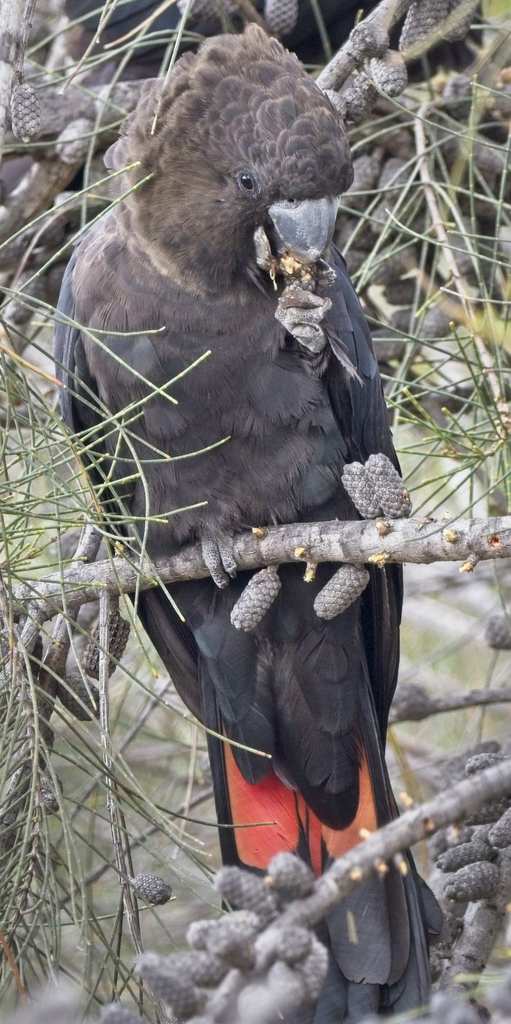Greetings. As you know, the maximum size of an email sent to this list is 200 kb, including the text of the email and any attachments.
It has been suggested to me that I re-post advice on how to resize photos so that they are small enough to be posted to this list.
I use the free, highly-regarded, image manipulation software Irfanview
https://www.irfanview.net/ . Download the 64-bit version if you are using Windows 10, and see the option to resize/resample in the 'Image' menu item.
Another good approach is to simply upload your image to an online location such as OneDrive, Dropbox, iCloud, Google Photos, etc. Simply copy the location of the photo and paste it into your email. You usually do this (after uploading the image) by right-clicking
on the image and selecting the option that says something like 'Copy link location'. Taking this approach means that you do not need to resize the photo: people clicking on the link you provide get the photo in its full size.
Some years ago, Geoffrey Dabb posted the following guidelines on resizing, etc., which you may find useful.
Best wishes - David
--
David McDonald
Canberra Ornithologists Group email lists manager
1004 Norton Road, Wamboin, NSW 2620, Australia
Tel: (02) 6238 3706 | Mobile: 0416 231 890
E-mail:
The following points may assist in reducing the size of bird photos:
• A picture simply transferred from digital camera memory or a scanner will usually be too large to email but can be edited by a simple graphics program (the kind supplied with many digital cameras) to produce a ‘jpeg’ image of appropriate size.
• ‘Editing’ in this sense need not affect the original image, but involves producing an additional version that is suitable for emailing.
• Reduce the amount of information in the image by cropping it to show only relevant detail eg in most cases just the bird will be sufficient, with minimum background. This will probably also reduce the dimensions of the image.
• Further reduce the dimensions of the image (by using ‘resize’ or ‘save as’ options). Dimensions might be expressed in cms, inches or pixels. A pixel size of 300x200 that is ‘mainly bird’ will generally be large enough in most cases for viewing on a monitor,
even though it might not enlarge or print with good quality. A jpeg image more than 600 wide might be too big for convenient viewing on the monitor at the receiving end.
• The two above steps will generally achieve an image of less than.100kb. If the file-size is still too big, consider reducing the resolution of the image. How this is done will depend on the editing program, but it might be achieved by applying a degree of
‘compression’, by selecting a standard such as ‘medium’ or ‘low’ rather than ‘high’, by reducing the pixels per inch or centimetre, or by using some other resolution scale however expressed. Sometimes when an image is ‘saved’ or ‘saved as’ this will of itself
alter the size of the file – either up or down.
• At the stage of sending the image, your program might give you an opportunity to specify the dimensions for sending eg ‘actual size’, ‘full screen’, ‘quarter screen’ and/or at a specified width in pixels. This is another way of controlling dimensions, that
can be used instead of or additionally to that indicated above.
If you have not had much experience in editing and emailing photos, you may wish to experiment. You can discard the results – and your original image need not be affected, although you may wish to make a copy to work on as a precaution. You can also practise
by emailing an image to yourself to see how it will look, and how large it is, when received.
When replying to or commenting on messages with pics, take care not to resend the pic unnecessarily. This can easily be overlooked if the pic is embedded in the original message rather than an attachment. If your reply settings do not automatically delete the
pic, you will need to do this manually.


